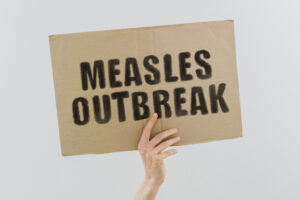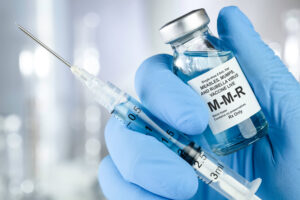Listeria monocytogenes (LM) is a deadly pathogen in susceptible individuals, and is rightly taken very seriously by public health officials, regulators and the food industry. But it is also a very common microbe that is naturally occurring in many outdoor environments. As everyone in the food industry is aware, there have been many large recalls of foods in recent years due to contamination with LM. These recalls are almost always Class I and often very large. But as we look at the current regulatory environment for LM control, it triggers some important questions in my mind that I feel need much broader discussion and clarity than they are getting today. For example: If a regulatory agency finds one positive result of Listeria monocytogenes in one bag of frozen vegetables, how much should be recalled? What are the criteria that can be used to limit the extent of a recall? How do we define a ready-to-eat (RTE) food vs a non-RTE food, and does it make a difference with regard to the presence of LM? Does it make a difference if LM is found in a non-RTE food with regard to public health risk? If so, how should that impact the scope of a recall? Should there be some level of tolerance for LM in certain foods that do not support the growth of LM (as in other parts of the world)? In the case of a Connecticut Department of Consumer Protection’s routine sampling at retail, the answer was immediate cease of production and distribution of Nature’s Touch Frozen Organic Fine Whole Green Beans … and recall of two years’ worth of product. Are we going too far, could public health be protected with a smaller recall? Although listeriosis can be serious for the immunocompromised and pregnant women, healthy individuals generally suffer only short-term symptoms if at all, and no illnesses had been confirmed in relation to the voluntarily recalled green beans. While I realize many recalls are conducted out of “an abundance of caution,” the recall of two years’ worth of product for a single positive in a single bag feels like an overabundance of excessiveness. But, maybe the facility had a string of regulatory violations; maybe it had repeated Listeria findings in its production environment. I don’t know the answer to these questions, thus there may be more to the story. The recall notice does not mention if any further sampling was conducted and what was found. – It doesn’t state how many packages or pounds this constitutes – but a Best Before Date run of June 4, 2017, to June 21, 2019, must be fairly expansive. Nor does it state the basis for the extent of the recall – could two years’ worth of product have been a single run? Or had there been no clean break or documented product or environmental sampling in all that time? This recall is an example of many situations that companies find themselves in today, especially with foods that are in that gray zone of “Is it RTE or not?”. This brings me back to my questions above, and the need for constructive dialogue between the food industry, regulators and other public health professionals about how to best manage the challenge between public health risk and regulatory risk. Today, I worry that we have lost the balance between regulatory and public health risk with regard to LM in certain foods. The regulatory risk is huge and often impacts food plants that are not built as RTE establishments – even though these establishments now find they are making what is considered an RTE food. But times change, and so does our understanding of risks, so I am not suggesting older plants can continue to operate with sloppy practices or inadequate controls. But, we need transparency and honesty on how best to strike the balance with the view that the balance today will change over time. My questions are just a start, and others will have more questions. But I fear that if we don’t have these discussions and resolve some of these questions we will drive companies out of business, push up costs of food, and drive food production offshore – all without any significant improvement in public health protection. Regardless, as it stands today, along with considering consumer protection, food facilities have to consider self-protection, doing what you can, not only to limit food contamination, but to limit your liability in an inadvertent occurrence. About The Acheson Group (TAG) Led by Former FDA Associate Commissioner for Foods Dr. David Acheson, TAG is a food safety consulting group that provides guidance and expertise worldwide for companies throughout the food supply chain. With in-depth industry knowledge combined with real-world experience, TAG’s team of food safety experts help companies more effectively mitigate risk, improve operational efficiencies, and ensure regulatory and standards compliance. www.AchesonGroup.com





